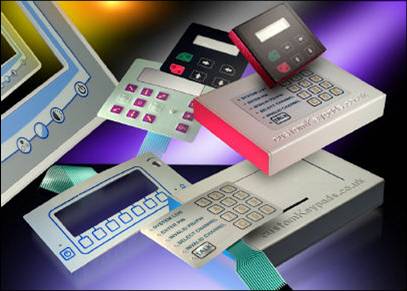1st Shift – Maintenance Technician – Berlin, WI
Job Description
Job Title: Maintenance Technician
Department: Fabrication
Reports To: Manufacturing Engineer
Direct Reports: None
Main Job Responsibilities / Functions:
Responsible for performing installations and repairs (motors, starters, fuses, electrical power to machine etc.) for industrial equipment and machines in order to support the achievement of Nelson-Miller’s business goals and objectives:
• Perform highly diversified duties to install and maintain electrical apparatus on production machines and any other facility equipment (Screen Print, Punch Press, Steel Rule Die, Automated Machines, Turret, Laser Cutting Machines, etc.).
• Provide electrical emergency/unscheduled diagnostics, repairs of production equipment during production and performs scheduled electrical maintenance repairs of production equipment during machine service.
• Perform regular electrical preventative maintenance on machines, equipment, and plant facilities.
• Read and interpret electrical manuals and work orders to perform required electrical maintenance and service.
• Use a variety of hand and power tolls, code, diagrams and testing in performing duties.
• Follow all projects through from start to finish while maintaining safe maintenance principles.
• Comply with safety regulations and maintain clean and orderly work areas.
• Forklift operation.
• Other duties and responsibilities assigned.
Requirements
Education & Experience:
• High school degree, GED, or equivalent.
• 3-5 years of maintenance in a manufacturing job shop environment.
• Previous electrical and mechanical background required – hands-on experience in schematic and electrical, diagrams / illustrations.
• An AA degree in mechanical, electrical, or industrial maintenance a plus but not required.
Skills
• Strong mechanical aptitude.
• Time Management – superior organizational and prioritization skills.
• Problem solving aptitude by accurately defining, analyzing, breaking down, and solving complex problems.
• Strong math skills needed.
• Flexibility to meet changing requirements under challenging conditions.
• Outstanding written and verbal communication skills.
• Ability to work independently.
• Proven team player.
• Quick learner.
• Driving desire for personal and organizational improvement.
• Strong attention to detail and quality conscious.
• Desire to own decisions and take responsibility for outcomes.
Work Context
• Exposure to contaminants or hazardous conditions with inks and chemicals.
• Personal Protective Equipment includes safety glasses, gloves, lab jackets, hearing protection, hard hats, and steel toed boots.
• Loud noise levels and exposure to hot and cold temperatures.
• Outdoor work activities and weather exposure; including snow removal and roof work.
• Majority of position is standing.
• Time Pressure.
• Importance of being exact or accurate.
• Ability to lift up to 50 lbs. of product.
• Must have a valid driver’s license.






